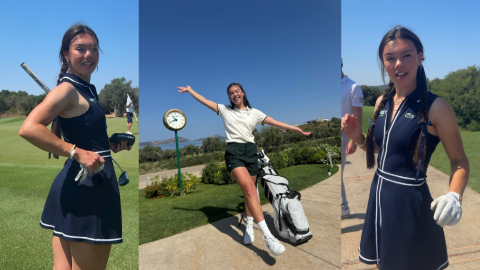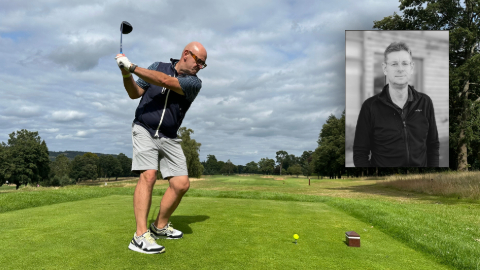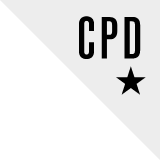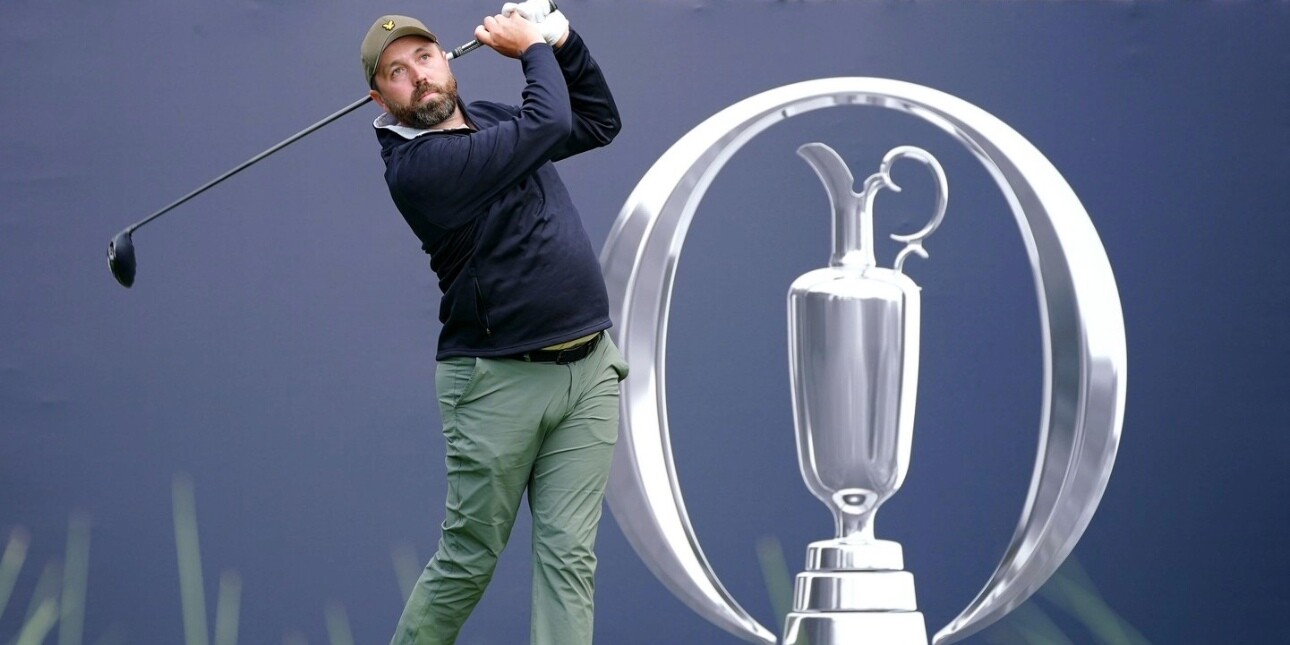How influencers like Rick Shiels helped golf get its groove back
Once seen as stuffy and outdated, golf’s pulled off a remarkable comeback – thanks to social media influencers, a pandemic-era surge, and PR agencies hitting nothing less than a reputational hole-in-one
In 2018, the Telegraph published a story titled ‘Why golf needs to be modernised to halt its steady decline.’
Golf was still a huge, global sport, attracting big-name sponsors, and phenomenal prize money, but the number of people playing the game was decreasing incrementally year on year. The wider concern was its apparent lack of appeal to millennials and gen Z.
A round of 18 holes would take at least four hours to complete, the equipment was expensive, there was a dress code, and golf clubs tended to be run by people who answered to the name of ‘Colonel’, treated the club as their fiefdom, and had little interest in attracting a younger crowd.
“The sport had become a bit stale”, says Mike Harris. Back in 2018, he was editor of Golf Monthly, the sport’s top-selling magazine in the UK. In December 2024 Mike Harris ended his 21-year association with Golf Monthly to become a founding partner of The Loop, a golf PR, content and marketing agency.
“There’s more opportunity now because the game has grown. There is more interest and more brands and more new destinations coming into golf and that gave us the confidence to launch The Loop because those brands and destinations will always benefit from external expertise.”
One indicator of that growth is how many more people are playing golf worldwide. A report published last year by the R&A – the organisation that governs the sport worldwide (except for the US and Mexico) – stated that “There are now 13 million more golfers playing on the course since 2016 in R&A affiliated markets.”
Meanwhile, this year’s British Open, which begins on July 17 at Royal Portrush Golf Club, is expected to attract the biggest four-day attendance in its 166-year history, and Rory McIlroy’s extraordinary victory at this year’s Masters was unquestionably a ‘moment’ for the sport.
Golf's incredible growth
However, what is fascinating about golf’s revival is that it has very little to do with what happens in the professional game. Ask anyone what caused this reversal in fortune and they will all give the same answer.
“Obviously you can’t ignore the bigger picture and the impact that the pandemic had on individuals, families and society, but golf was one of the first things you could do while observing social distancing,” Harris explains.
“People who couldn’t go on holiday had a bit more money in their pockets and those who had given up the sport because they found other things to do, returned to their local course and started playing again. Others simply gave it a go, and they enjoyed it. You started to see younger people get into golf.”
The number of women who played at least one round of golf more than tripled in 2020, from around 400,000 to nearly 1.5 million.
“In tandem with that, there was an incredible growth in off-course golf, meaning driving ranges and indoor golf, where it was much less intimidating, people found it more of a laugh, there were fewer rules and you didn’t have somebody there tutting if you weren’t wearing the right attire,” Harris adds.
“More people played golf off-course than on-course in America last year, and the reality is that golf is a very difficult sport. To play 18 holes takes a long time. So, you’ve got to create a gateway into the game, which you have with nine-hole rounds or indoor golf venues like Five Iron in the US or Urban Golf and Pitch in the UK.”
There was also another key factor.
Digital drive
When Harris became editor in 2004 the way to improve your game was either to take lessons or by looking at static images in titles like Golf Monthly. It turns out that it is the perfect sport for the digital age; golf content creators and influencers are generating huge followings online.
Take, for example, Rick Shiels. The closest that he ever got to winning a tournament as a pro was second in a Lancashire Professional Golf Association event back in 2016. But Shiels is about to reach 3 million subscribers to his YouTube channel, which is a mixture of tips, reviews and interviews. When he turns up at Royal Portrush this month, Shiels could have more autograph hunters than most of the field who are competing to win the Claret Jug.
Three are three key reasons why golf content creators are thriving, according to Andy Barwell, co-founder of golf PR and marketing agency Azalea.
“Number one is tuition and tips. If you type in ‘How to stop snap hooking my driver off the tee?’ the number of searches on that particular question is off the scale. YouTubers and influencers are taking advantage of that.
“Then there’s equipment. Should I buy a Ping driver versus a Callaway driver? And you can give an unbiased opinion on what people think about it.” One of Shiels’ most watched videos is when he compares a fake TaylorMade driver purchased on wish.com to a real one.
“Thirdly, there’s travel. Golf courses are pretty things, right? So you can create ‘uber golf porn’, and make videos of going to great destinations and playing great courses, which perfectly lends itself to YouTube, Instagram and TikTok.”

Azalea was founded in 2006 and has specialised in golf tourism, which is a multi-billion-pound worldwide industry.
“Britain had and still has more golfers than anywhere in Europe,” says Barwell. “We could go and talk to these destinations and say, you want to reach British golfers? Well, we can help you because we know all the marketing channels, we’re a PR agency, we write good copy and we understand advertising and marketing.
“We would put a group of journalists on a plane, take them to a destination, get them to experience it and to produce content and coverage.”
A recent trip organised by Azalea to play a Pro-Am tournament at the Costa Navarino course in Greece reflects how that’s evolved. To use some golfing parlance, it hit the ‘sweet spot’ in terms of media coverage. “I had five media plus a couple of videographers,” says Andy.
“One of them was a French influencer, Arnaud Sérié, who is famous for trick shots and has a big audience. We had Karima Hassan aka @Keeks.Golf, a Scottish golfer who is learning to play the game (and has 244,000 followers on Instagram). Alex Elliott focuses on tuition (376,000 subscribers on YouTube). I also had an American journalist, Alex Lewinski who had a handful commissions, plus Harry Fletcher from the Independent.
“That’s a perfect example of a press trip where you’ve got a combination of traditional media, along with content creators and influencers.”
That said, print still matters to Azalea and its clients.
“We’ve just recently had two pages in the Telegraph about hot spots of golf destinations around Europe, written by Tim Southwell (ex-Loaded and Golf Punk). Now that’s huge value for our clients because a target market for us would be people who read the Telegraph. You have to keep the traditional media as a key part of your PR strategy.”
An explosion of brands
The sport is also attracting a more diverse audience. Even though there won’t be a black player in this year’s Open, and the sport is still waiting for the ‘next Tiger Woods’, there is a growing number of successful black people operating across golf’s various strands.
Harris namechecks YouTubers Roger Steele and Trey Niven – both good golfers who didn’t make the breakthrough as professionals but have gained sizeable online followings, along with a raft of sponsors, as golf coaches. Then there is Eastside, a US golf clothing brand co-founded by Olajuwon Ajanaku and Earl Cooper.
This explosion of new brands and creators also means more opportunities for PRs and The Loop is currently working with 15 content creators, from YouTubers to podcasters.
“There’s so many places that you can gain PR coverage and you can spend your advertising dollars,” says Harris.
“At The Loop, we’ve got guys who come from the brand side, another who worked on the agency side. So we sort of feel like we know it from all the directions, and we think we’ve got great insight into how to help brands with their PR and marketing and comms.”

Whether this growth can be sustained is another matter. Focusing specifically on the UK, Barwell explains that it has still yet to gain much traction among girls and young women, even though there are plenty of female golf influencers and content creators like Keeks.Golf.
“How do you capture a young girl’s imagination to play the sport? I think about identifying ambassadors, people in the public eye that they look up to. If you could get somebody in fashion or beauty or entertainment, that had a lifestyle YouTube channel, did lots of Tik Tok shorts and took up the game, then that could move the needle. I mean, if we could get Dua Lipa to take up golf…”

Ryan Herman is a journalist, author and editor. His latest book, And Finally… The Weird and Wonderful World of News, is out now from Pavilion Books.
Also by Ryan Herman
Norad Tracks Santa: the PR campaign that won hearts worldwide


